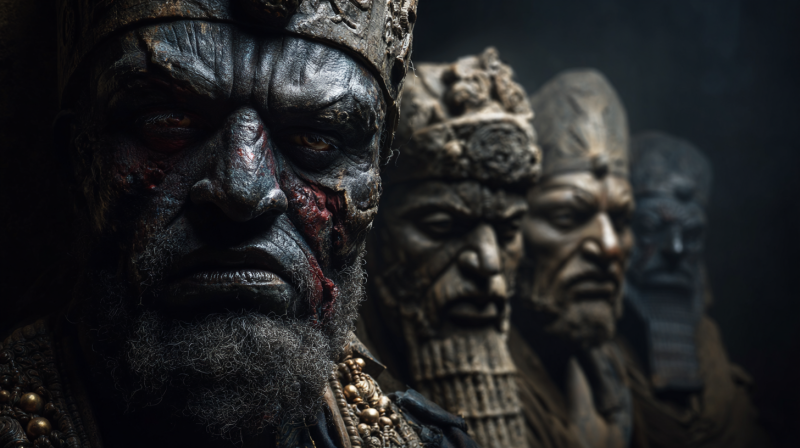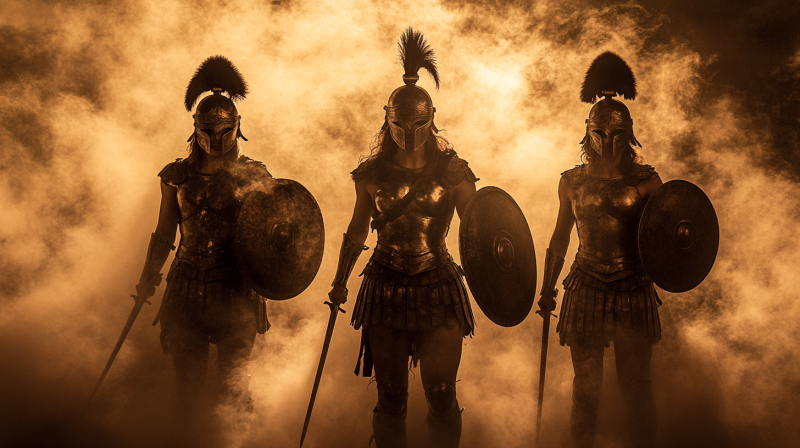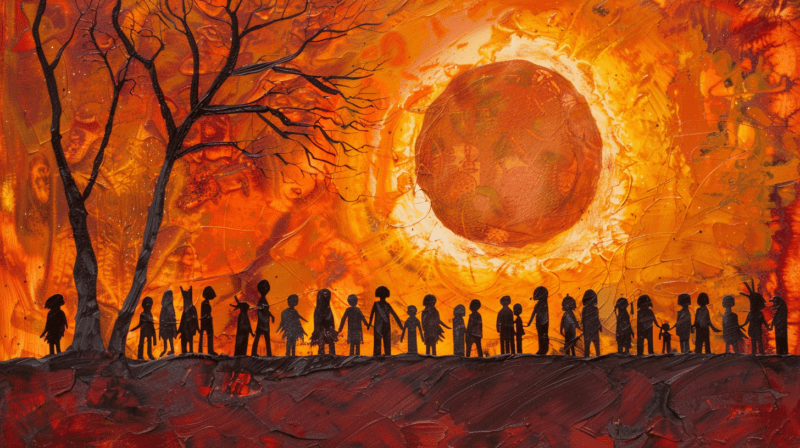The rich tapestry of Navajo mythology and oral tradition paints a vivid picture of the creation and emergence of the world. The Navajo, or Diné as they call themselves, have a profound connection to their creation story, which has been passed down through generations. This story is not merely a myth but a vital part of their cultural identity, worldview, and spiritual beliefs. In this blog post, we will delve deeply into the Navajo creation story, exploring the intricate journey from the First World to the Fourth World, and the profound lessons it imparts.
The First World: The Black World

Origins and Chaos
In the beginning, there was the First World, known as Ni’hodilhil, the Black World. This world was dark and small, inhabited by the Mist People, or Nilchi’i Dine’é. It was a place of formlessness, where four clouds—the Black Cloud, the White Cloud, the Blue Cloud, and the Yellow Cloud—came together. These clouds represented the elemental forces that would play significant roles in the creation story.
The First World was in chaos, a place of constant turmoil and conflict. The Mist People, along with insects like ants, dragonflies, and beetles, quarreled among themselves. This incessant discord made it clear that this world could not sustain life. The Holy Beings, or Diyin Dine’é, recognized the need for order and harmony. Among these Holy Beings were First Man (Áltsé Hastiin) and First Woman (Áltsé Asdzą́ą́), who would later become central figures in the Navajo emergence narrative.
The Journey Begins
Realizing that the First World could not sustain them, the inhabitants decided to leave. Guided by the Holy Beings, they embarked on a journey towards a new existence. This journey was not just physical but also spiritual, symbolizing the need for growth and transformation.
The creatures, led by the Holy People, ascended through a reed, reaching a new realm. This marked the beginning of their transition from the First World to the Second World.
The Second World: The Blue World
Discovery and Discontent
The Second World, Ni’hodootl’izh, the Blue World, was larger and lighter than the First World. It was inhabited by blue birds, blue mammals, and other beings. The newcomers were initially welcomed, but soon, conflicts arose again. The inhabitants of the Second World had their own set of rules and ways of living, which did not align with those of the newcomers.
Lessons and Departure
The Holy Beings realized that the journey was far from over. The lessons of harmony and coexistence had not yet been fully learned. The inhabitants, now more numerous with the inclusion of new beings from the Second World, decided to leave once more. They ascended through another reed, emerging into the Third World.
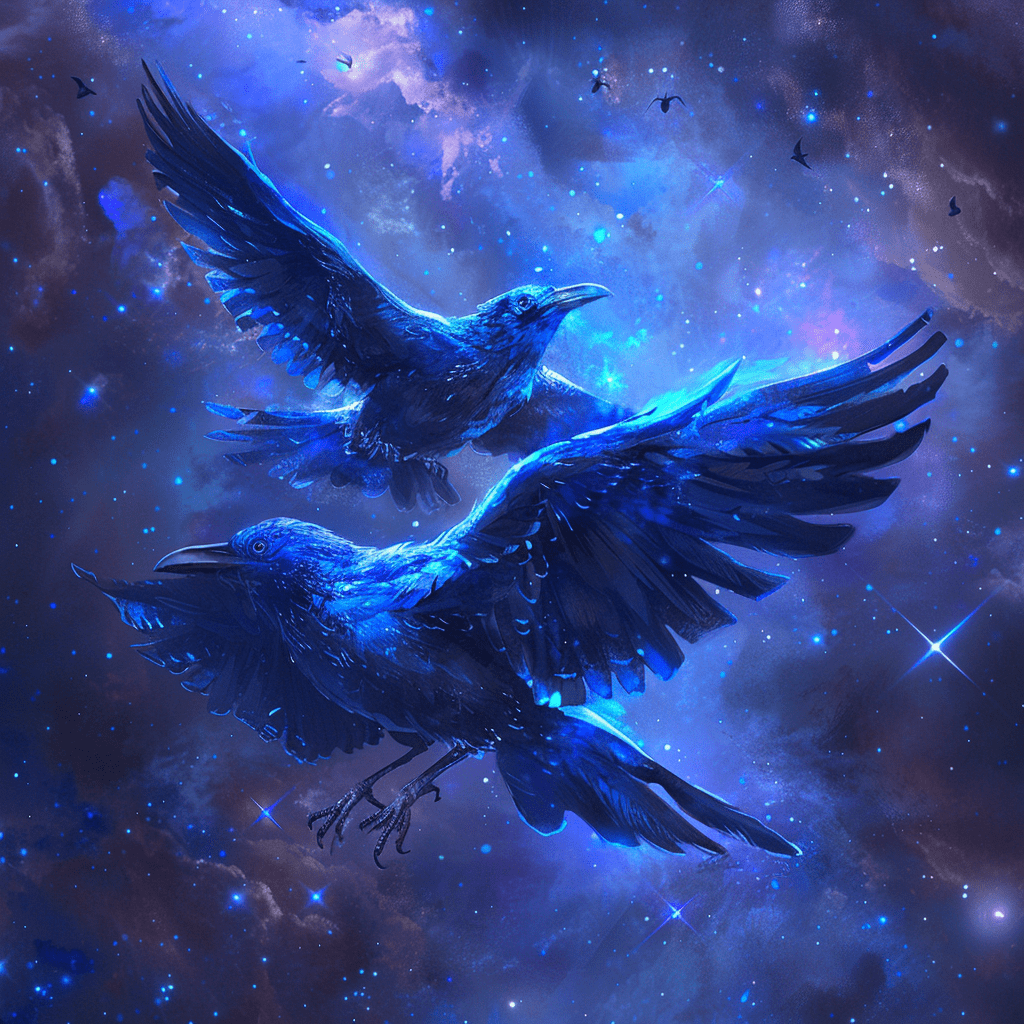
The Third World: The Yellow World
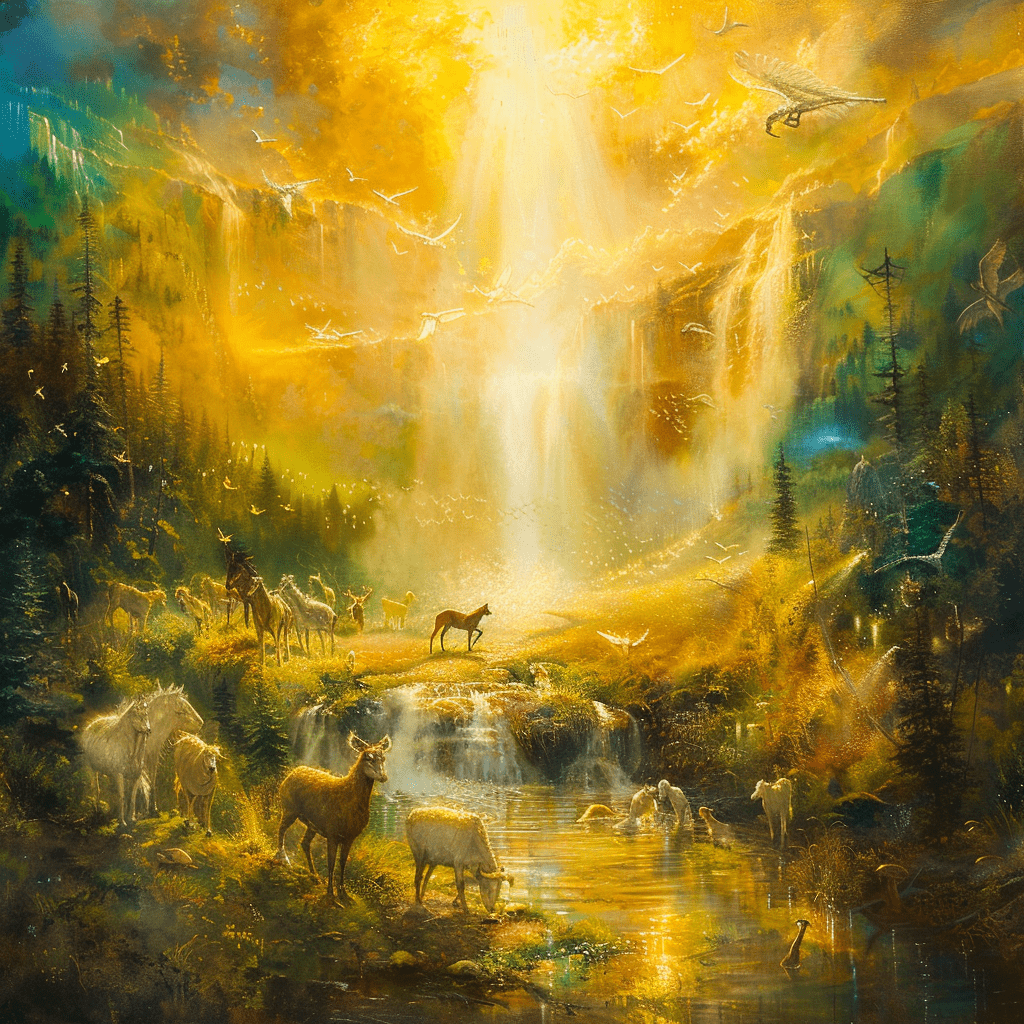
Growth and Governance
The Third World, Ni’haltsoh, the Yellow World, was even more expansive and vibrant. It was inhabited by the Kisani (Yellow People), as well as various animals and supernatural beings. Here, the Holy Beings, including First Man and First Woman, sought to establish a society based on harmony and order.
The Creation of Sacred Mountains
One of the significant events in the Third World was the creation of the sacred mountains, which play a crucial role in Navajo cosmology. These mountains include:
- Blanca Peak (Sisnaajiní): The White Shell Mountain to the east.
- Mount Taylor (Tsoodzil): The Turquoise Mountain to the south.
- San Francisco Peaks (Dook’o’oosłííd): The Abalone Shell Mountain to the west.
- Mount Hesperus (Dibé Nitsaa): The Black Jet Mountain to the north.
These mountains were imbued with sacred objects and symbols, representing the cardinal directions and the elements. They became the pillars of the Navajo world, providing spiritual and physical guidance.
Turmoil and Transition
Despite their efforts, the Third World was not free from strife. The inhabitants faced challenges, including floods and fires, symbolizing the constant struggle between order and chaos. It became clear that their journey was not yet complete. The Holy People decided to ascend to a higher realm, leading to the emergence into the Fourth World.
The Fourth World: The Glittering World
Emergence and Creation
The Fourth World, Ni’hodootł’izh, the Glittering World, is where the Navajo people emerged and established their permanent home. This world was vast, beautiful, and filled with light. It is in this world that the Navajo people believe they live today.
Upon their arrival, the Holy People set about creating the conditions for a balanced and harmonious life. They created the sun, moon, and stars to provide light and guidance. The natural elements, such as rivers, plants, and animals, were placed in the world to sustain life.
The Birth of Changing Woman
One of the most important figures in the Navajo creation story is Changing Woman (Asdzą́ą́ Nádleehi). She was born in the Fourth World and embodies the cyclical nature of life and the earth. Changing Woman gave birth to the Hero Twins, Monster Slayer (Naayéé’ Neizghání) and Born-For-Water (Tóbájíshchíní), who played crucial roles in protecting the people from the dangers that threatened their existence.
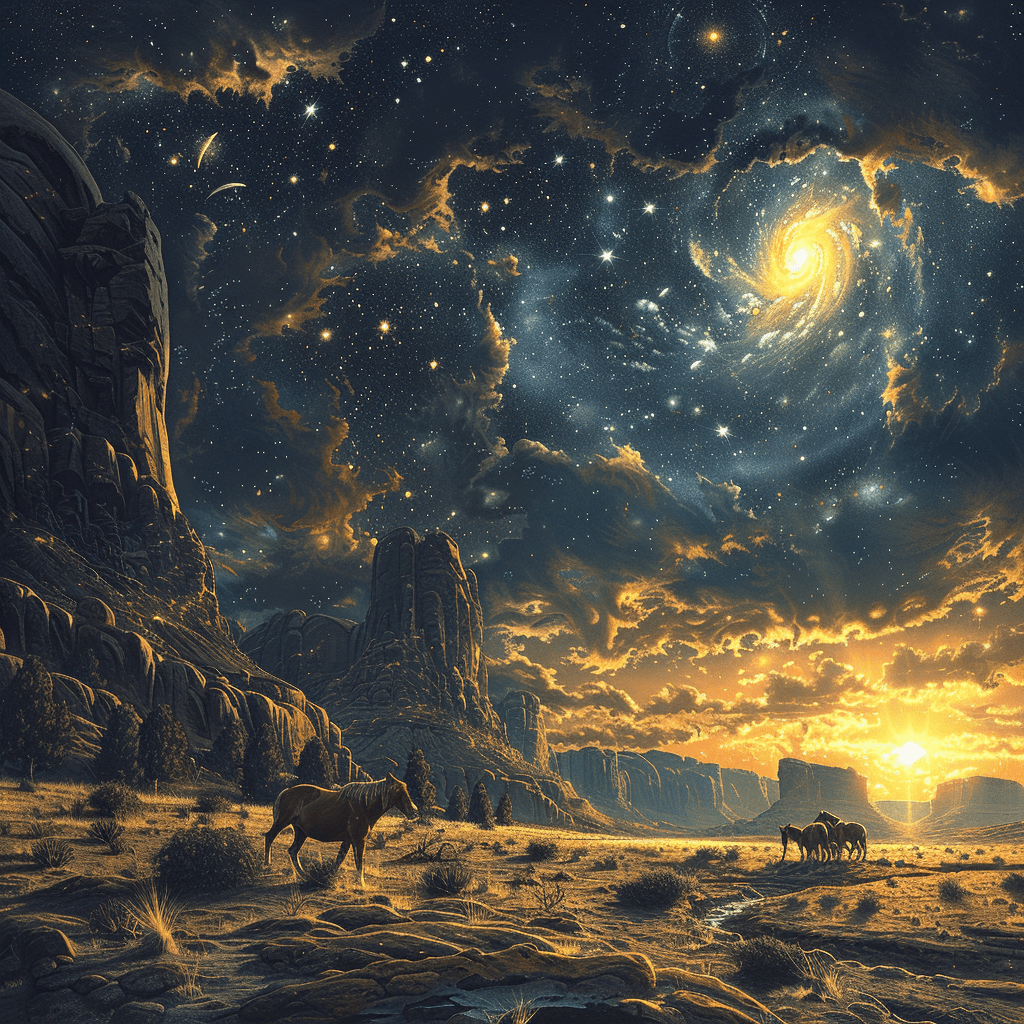
Establishing the Navajo Way of Life
The Holy People, through First Man, First Woman, Changing Woman, and others, taught the Navajo how to live in harmony with nature and each other. They introduced ceremonies, chants, and rituals that are still practiced today. These teachings emphasized the importance of balance, respect for nature, and the interconnectedness of all life.
The Significance of the Creation Story
The Navajo creation story is not just a myth but a foundational element of Navajo identity and spirituality. It provides a framework for understanding the world and one’s place within it. The story is woven into the fabric of Navajo culture, influencing art, music, storytelling, and daily life.
Central to the creation story are the lessons of harmony and balance. The repeated cycles of conflict and resolution, chaos and order, highlight the importance of striving for harmony within oneself, with others, and with the environment. This principle is reflected in the Navajo concept of Hózhó, which encompasses beauty, balance, harmony, and health.
The sacred mountains and the natural elements created in the Fourth World are not just physical landmarks but spiritual anchors. They ground the Navajo people to their land, reinforcing their deep connection to nature. This connection is essential for maintaining their cultural practices and ensuring the well-being of their community.
The Navajo creation story has been passed down through generations via oral tradition. Elders play a crucial role in preserving and imparting these stories, ensuring that each generation understands their heritage and cultural teachings. This tradition fosters a sense of continuity and belonging among the Navajo people.
The Navajo creation story is a profound narrative that encapsulates the journey from chaos to order, from darkness to light. It is a story of emergence, transformation, and the quest for harmony. Through the First, Second, Third, and Fourth Worlds, the Navajo people have learned valuable lessons about coexistence, respect for nature, and the importance of balance. This story continues to be a vital part of Navajo life, guiding their spiritual practices, cultural identity, and connection to the land.
As we reflect on the Navajo creation story, we are reminded of the timeless wisdom it imparts. In a world that often feels chaotic and fragmented, the teachings of harmony, balance, and respect for the natural world are more relevant than ever. The Navajo creation story offers not just a glimpse into the past but a guide for living in harmony with each other and the earth.
References:
- Matthews, Washington. “Navaho Legends.” American Folklore Society, 1897.
- Zolbrod, Paul G. “Diné Bahane’: The Navajo Creation Story.” University of New Mexico Press, 1984.
- McPherson, Robert S. “Sacred Land, Sacred View: Navajo Perceptions of the Four Corners Region.” Brigham Young University, 1992.
- Reichard, Gladys A. “Navajo Religion: A Study of Symbolism.” Princeton University Press, 1950.
- Begay, David. “Navajo Creation Stories and Cosmology.” Journal of Navajo Studies, Vol. 6, No. 1, 1997.

